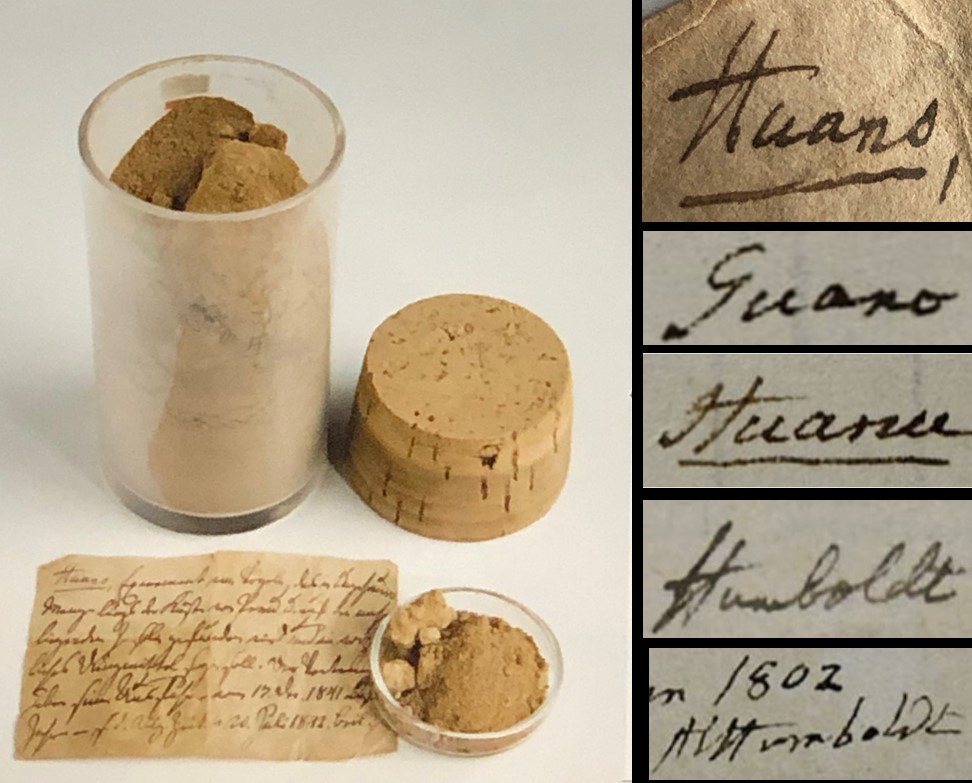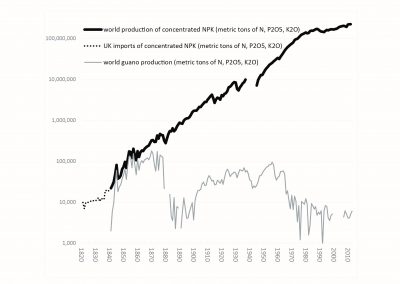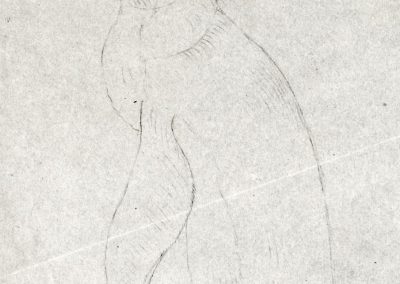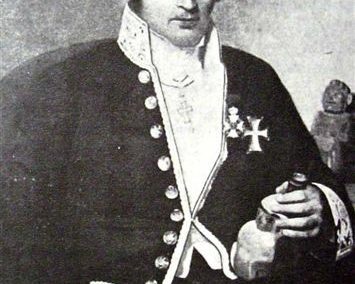Hidden away among the endless strata of mineral specimens at the Museum of Natural History in Berlin is a corked glass jar of caked tan powder with scattered flecks of grey. Its main label identifies it simply as ‘Guano, excrement of birds, that was found in great abundance along the coast of Peru’. How did a sample of Peruvian bird dung find its way into one of Europe’s most prestigious mineralogical collections? Alexander von Humboldt timed his arrival to Lima to correspond with the passage of Mercury across the face of the sun on 9 November 1802. But one phenomenon impressed itself on Humboldt’s senses more powerfully than any other during his time on the Pacific Coast: guano. While prowling the docks of Callao, he could not help but notice several barges filled with a substance that smelled so powerfully of ammonia that Humboldt erupted in fits of sneezing. He had first seen large piles of this manure north of Lima ready to be laid on coastal agricultural fields. This sample was likely sent by Humboldt to Berlin in 1802.








